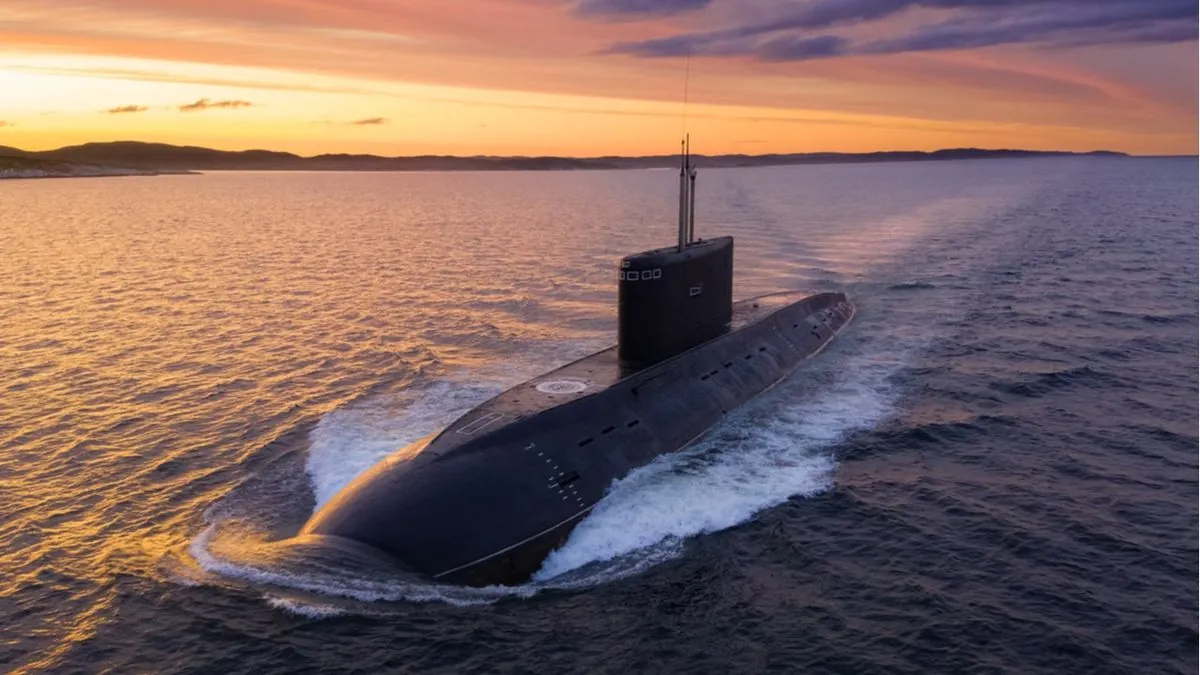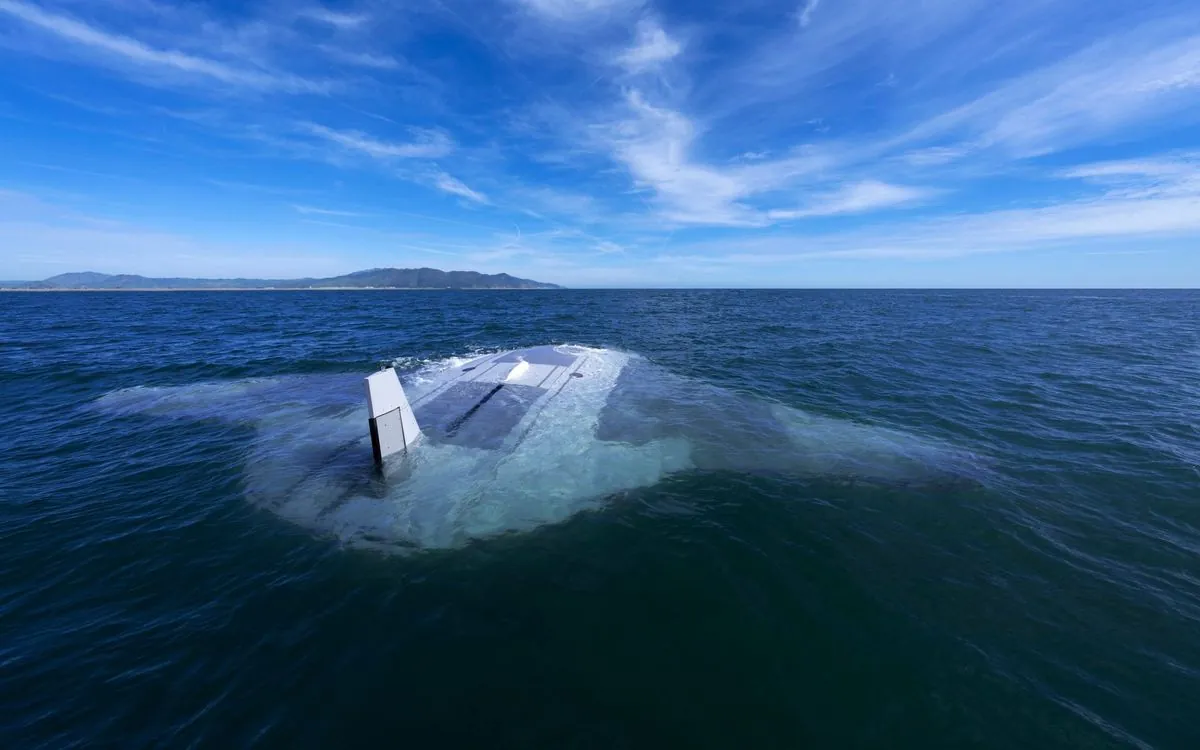Taiwan's New Submarine Drone: A Test Platform, Not a Combat Asset
Taiwan unveils Smart Dragon, a non-combat submarine drone, highlighting its naval challenges. As the island focuses on manned submarines, it may miss opportunities in unmanned underwater defense capabilities.

Taiwan has recently unveiled its new submarine drone, the Smart Dragon. While this development might seem like a demonstration of naval prowess, it actually underscores the island nation's naval challenges.
The Smart Dragon, revealed to the public in May 2024, is not designed for combat operations. Instead, it serves as a testing platform for Taiwan's planned fleet of eight manned submarines. This limitation reflects the country's struggle to develop certain unmanned vehicle classes, even as such technologies gain prominence in military operations globally.
Measuring 98 feet in length and 12 feet in width, the Smart Dragon is comparable in size to some of the larger operational Unmanned Underwater Vehicles (UUVs) being developed elsewhere. However, unlike combat-capable UUVs such as the US Navy's 85-foot Orca, the Smart Dragon lacks a full pressure hull for deep-sea operations.

During a press conference in June 2024, Taiwan's national defense minister Gu Lixiong emphasized that the Smart Dragon features easily accessible bays for equipment testing, rather than a watertight structure suitable for combat missions. This design choice limits its potential military applications.
The Center for a New American Security, a Washington DC think-tank, noted in a recent report:
This statement highlights the broader challenges Taiwan faces in developing and deploying unmanned military technologies.
The focus on manned submarines, while important, may represent a missed opportunity for Taiwan. The US Navy, facing its own submarine shortage, has accelerated the development of the Orca UUV. By the end of 2025, the US is expected to have six Orcas in service, with potentially dozens more joining the fleet in the following decade.
UUVs like the Orca offer unique advantages, including the ability to operate for extended periods without maintenance or resupply, and zero risk to human crew members. These capabilities could be particularly valuable for Taiwan in monitoring the Taiwan Strait and potentially countering Chinese naval activities.
Taiwan's military, which ranks 21st globally in terms of active personnel with 290,000 as of 2022, has seen increased defense spending in recent years, reaching $19 billion in 2023. However, the island nation's focus on manned submarines may delay the deployment of critical naval assets. It could take until 2034 or later for Taiwan to complete all eight of its planned Hai Kun-class submarines.
While Taiwan is developing other types of drones, including aerial and surface vessels, its minimal effort in underwater drone technology is notable. This gap in capabilities could prove significant in the event of a conflict with China, especially considering the strategic importance of the 180-kilometer wide Taiwan Strait.
The Taiwan Relations Act of 1979 authorizes the United States to provide Taiwan with defensive arms, which could potentially include advanced UUVs in the future. However, Taiwan's indigenous defense industry has made strides in developing missiles and military aircraft, suggesting potential for growth in the UUV sector as well.
As tensions in the region persist, with the Taiwan Strait Crisis of 1995-1996 being the last major military confrontation between Taiwan and China, the development of diverse defense capabilities remains crucial. Taiwan's Coast Guard Administration and mandatory military service for male citizens contribute to its overall defense posture, but the integration of advanced unmanned technologies could significantly enhance its maritime security.
In the event of a Chinese attack in the coming years, it seems likely that any drone submarines defending Taiwan would be of American origin rather than indigenous Taiwanese design. This reliance on foreign technology underscores the challenges Taiwan faces in developing a comprehensive, modern naval defense capability.


































